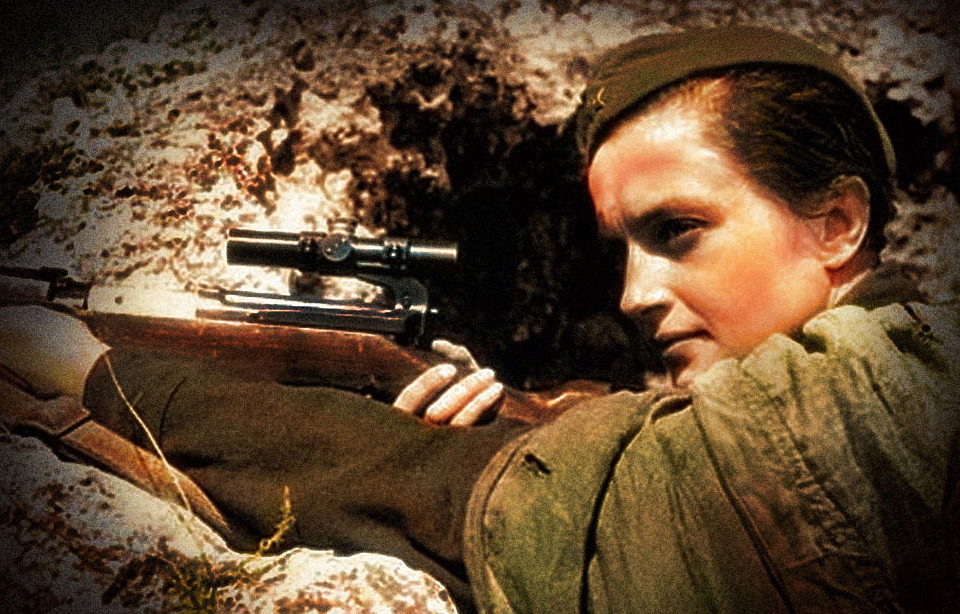Firearms saw tremendous advancements throughout the 20th century. One, however, distinguished itself above the rest and has remained in service for well over 100 years. Developed by an Imperial Russian Army captain and a Belgian designer, the Mosin-Nagant has most certainly withstood the test of time.
Russian soldiers were at a major disadvantage
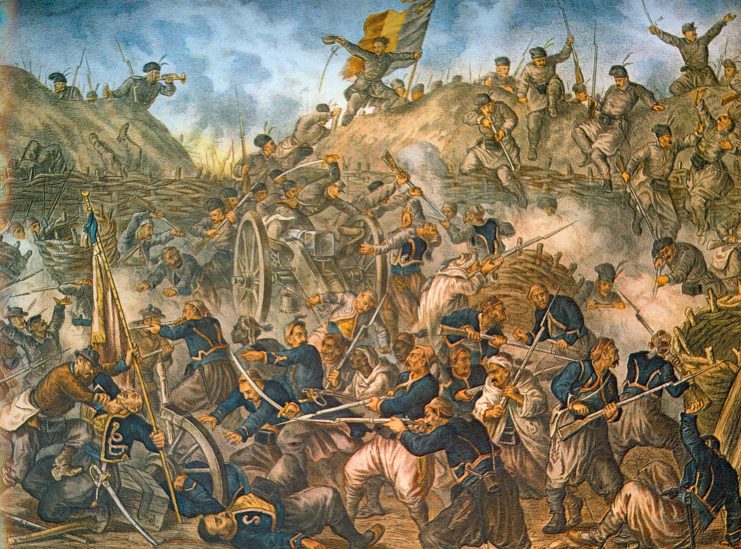
During the 1877-78 Russo-Ottoman War, Russian soldiers were armed with single-shot Berdan rifles. This stood in direct contrast to the Winchester rifles carried by the Ottomans. While the Russian coalition forces were the eventual victors of the conflict, they suffered heavy casualties in the field, particularly during the Siege of Plevna.
Following the conflict, Russia’s Ministry of Defence called upon arms makers to design for a more modern rifle. Three designs were considered, and after a number of tests, the decision was made to combine the elements of the concepts presented by Imperial Russian Army Capt. Sergei Ivanovich Mosin and Belgian designer Léon Nagant.
A legal dispute between Mosin and Nagant
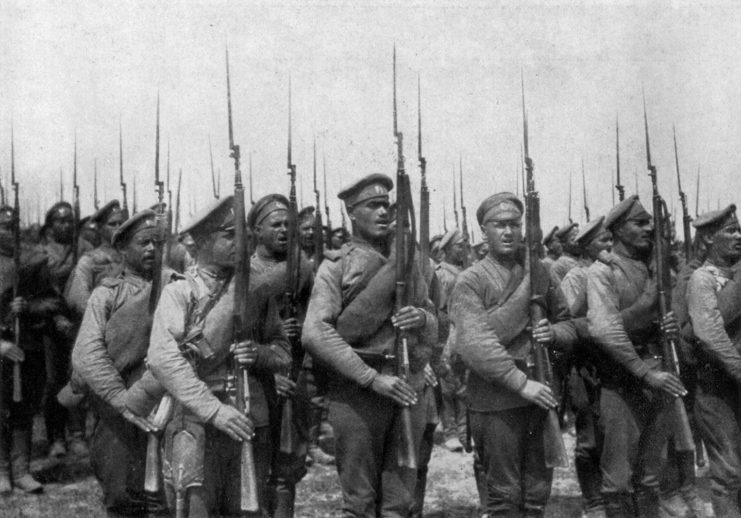
While the final product combined the designs developed by both Sergei Ivanovich Mosin and Léon Nagant, it was only Mosin who received the 200,000 ruble prize. The Belgian designer demanded he be paid the same sum and, if he wasn’t, threatened to never again work with the Russian government.
The threat wasn’t an empty one. The Belgian was one of the best firearms designers in the world and wasn’t working with nations who were in direct competition with Russia. Digging deeper into the issue, the country decided the best course of action would be to pay Nagant. Four years later, in 1895, a revolver designed by the Belgian became the Russian Army’s main sidearm.
When the Mosin-Nagant went into production, it wasn’t named after either of the two men who designed it. Tsar Alexander III called it the Russian 3-line rifle M1891. In the West, it became known as the Mosin-Nagant, which eventually stuck.
Use of the Mosin-Nagant during World War I and the Russian Civil War
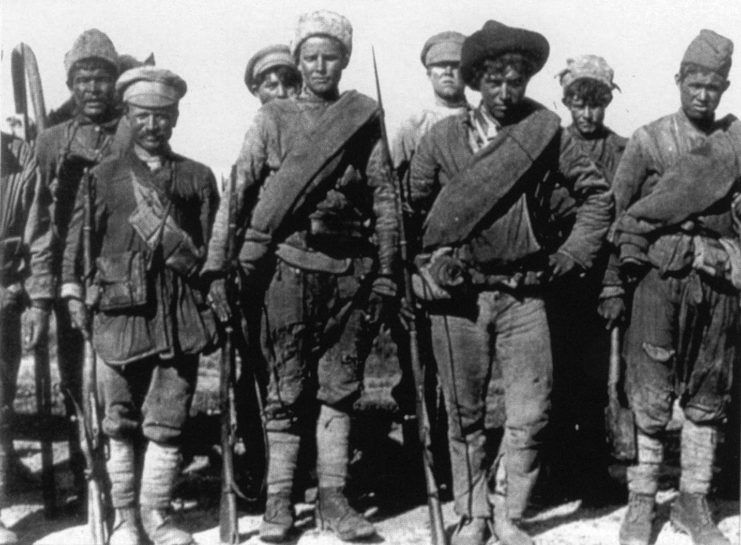
The Mosin-Nagant made its combat debut in 1893 during fighting between Russian and Afghan forces, with its first proper outing occurring during the Russo-Japanese War. When the First World War began, Russia wasn’t ready to produce the necessary firearms. While infantry and dragoon versions of the Mosin-Nagant were produced, the military still needed to order millions of guns from America. Before the majority of the new rifles could be manufactured, the war was over.
The Russian Civil War began in 1917, and the Mosin-Nagant was the most widely-used weapon by all belligerents. Following their victory, the Red Army made a significant push to modernize the original design of the rifle. These upgrades resulted in the Model 91/30 rifle, which featured a shortened barrel, the replacement of the front sight and changes to the bolt.
Key changes were made to the Mosin-Nagant before World War II
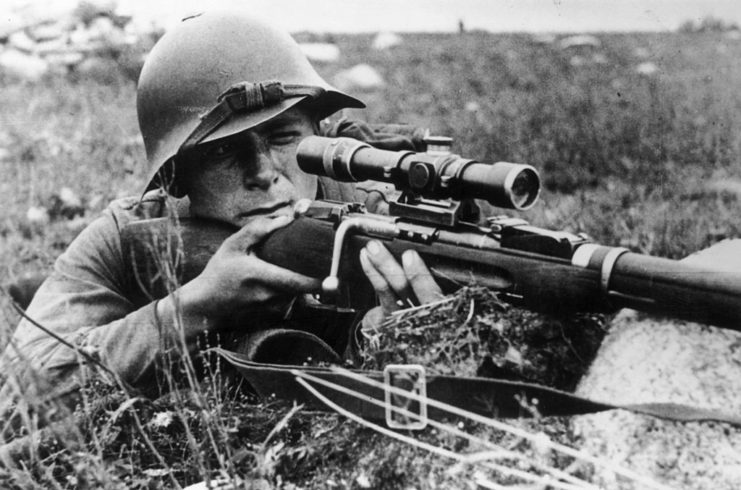
Two key changes were made to the Mosin-Nagant before the start of the Second World War. The Mosin-Nagant Model 91/30 was modified to become a sniper rifle, using German mounts and scopes, and underwent a second adaption a few years later, which allowed for increased production.
As a sniper rifle, the weapon played a major role in urban skirmishes, such as those that occurred during the Battle of Stalingrad. There, soldiers like Vasily Zaitsev became national heroes by using the rifle to a devastating degree.
During the Winter War and the Continuation War, variants of the Mosin-Nagant were equipped by both the Red Army and the Finnish, who’d manufactured their own using receivers from various different rifles. The most notable Finnish soldier to equip themselves with the Mosin-Nagant was Simo Häyhä, who is credited with killing over 500 Russian soldiers.
By the time the conflict ended, an estimated 19.8 million Mosin-Nagant rifles had been produced.
The Mosin-Nagant remained an important weapon for decades
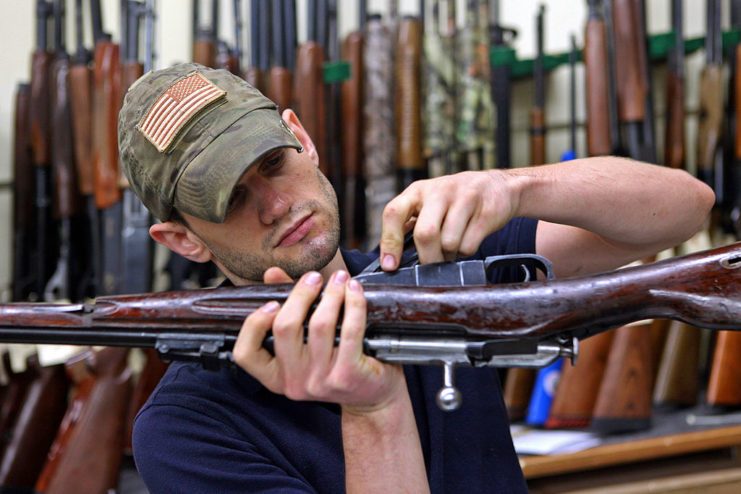
Following the end of World War II, the Soviet Union slowly fazed out production of the Mosin-Nagant, in favor of the AK-47 and its variants. Despite this, it continued to see use in a number of conflicts, such as the Korean War, the Vietnam War and the Soviet-Afghan War. It’s even seen use in the Donbas region during the ongoing Russo-Ukrainian War.
More from us: M61 Vulcan: A Modern Take on the Civil War-Era Gatling Gun
With so many Mosin-Nagant rifles produced during the Second World War, many have found themselves in the hands of collectors. This largely occurred following the collapse of the Soviet Union. Today, the rifle is among the most sought-after on the collector’s market, with many modifying them with aftermarket products to make them more unique.
